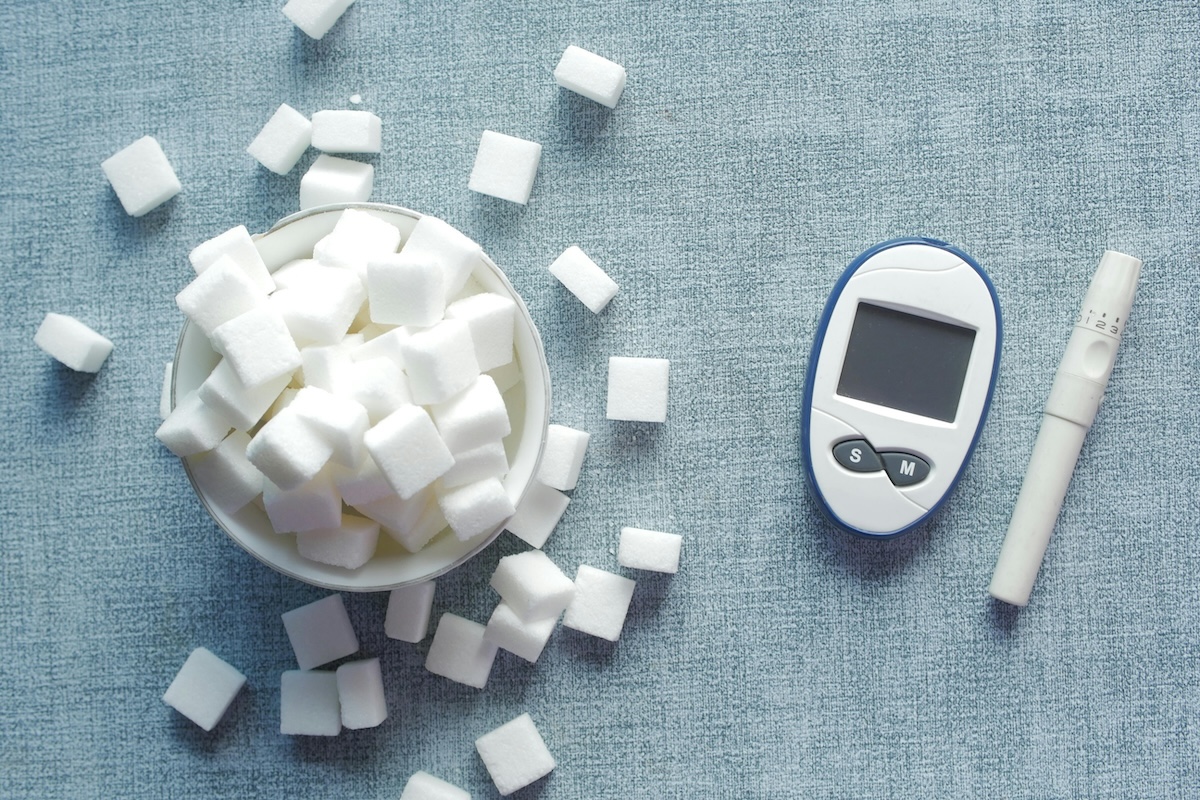
Discover how a functional medicine strategy for addressing insulin resistance and diabetes can aid you in maintaining healthy blood glucose levels naturally.
Insulin resistance and diabetes are common, extensively studied conditions. Globally, diabetes impacts 463 million people! But what exactly is insulin resistance, and how does it contribute to contemporary diseases such as metabolic syndrome and type 2 diabetes?
Insulin and the Pancreas
Located in your upper abdomen, the pancreas is a vital organ that secretes insulin, a crucial hormone that controls blood glucose levels. Insulin facilitates the entry of glucose into cells to supply them with needed energy.
Under normal conditions, insulin production is finely controlled to preserve metabolic equilibrium. Eating triggers the breakdown of food into glucose, which enters the bloodstream and prompts the pancreas to release insulin. This hormone then assists glucose in entering cells for immediate energy use or future storage. As glucose is absorbed by the cells, its levels in the bloodstream decrease, signaling the pancreas to halt insulin production. This cycle typically maintains balance, but it can be disrupted by diets rich in sugars, alcohol, and highly processed foods.
Understanding Insulin Resistance
In essence, insulin resistance occurs when the body improperly reacts to insulin. This leads to inadequate responses from muscle, fat, and liver cells to standard insulin levels, resulting in elevated baseline blood sugar levels, particularly after carbohydrate-rich meals. To counteract this, higher insulin levels are necessary to maintain metabolic stability, placing additional strain on the pancreas to boost insulin production. As long as the pancreas can sustain sufficient insulin production, blood sugar levels can remain within a healthy range.
Members Only Content
To continue reading please subscribe to WellnessPlus by Dr. Jess MD
Be your own best doctor with our comprehensive suite of online health coaching tools.
